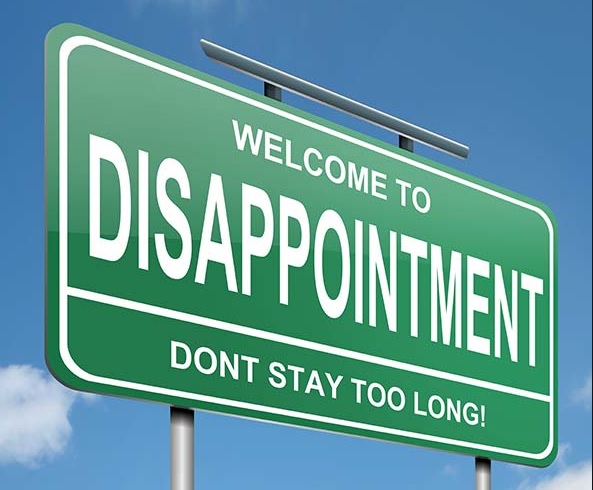The Greater Fool Theory
The Physics of Economics, Part 2
June 12, 2016SHI Update: 06/15/2016
June 15, 2016Tulip bulb mania began like most speculative bubbles. Slowly, at first … imperceptibly really … picking up pace … then racing toward the heavens … and then POP!
The Dutch “Tulpenwoede,” or “tulip madness,” as its known today, traces its beginnings to the early 1620s. Tulips, a relatively new and very popular flower in the region, were becoming a status symbol. As popularity grew for specific bulbs, professional growers paid higher and higher prices, and prices rose steadily.
By 1634 speculators entered the market.
At the beginning of 1637, some tulip contracts reached a level about 20 times the price of three months earlier. A particularly rare tulip, Semper Augustus, was priced at around 1,000 guilders in the 1620s. But just before the crash, it was valued at 5,500 guilders per bulb—roughly the cost of luxurious house in Amsterdam.
Prices collapsed in February 1637. Investors were left bankrupt.
Why you should care: Speculative bubbles are a bad thing for everyone. Not just the bankrupt investors. When large-market supply/demand imbalances develop, and speculators move in to capitalize on the imbalances, the end-game is often really, really, REALLY bad for the common investor.
Are we experiencing a bubble in the global bond markets – right now? Is this the ‘Greater Fool Theory’ at work? Or are the markets simply reflecting normal supply demand conditions appropriate for the times?
Taking action: It’s impossible to tell – until we find ourselves in the rubble of the aftermath. Regardless, avoid the mania. Don’t be sucked into the market. Avoid owning bonds earning nothing. And if you must own bonds, make sure you own the underlying bond itself – NOT a bond fund. If you’ve owned bond funds, you’ve done fine up ’til now.
But that day is now behind us. There is now a far greater likelihood you will lose money than any other outcome. Get out now.
If you’re wondering why, read this:
http://www.marketwatch.com/story/your-bond-funds-will-do-this-when-interest-rates-rise-2015-04-10
http://www.cnbc.com/2014/04/10/bonds-vs-bond-funds-what-you-need-to-know-now.html
THE BLOG: Something happened today that has never happened before.
For the first time in the history of finance and interest rates, the German 10-year ‘bund’ is trading at negative interest rates. They’ve joined the club.
So, again, why are people paying these absurdly high prices for bonds yielding nothing?
Two days ago, a WSJ article titled, “After Record Week, How Much Lower Can Bond Yields Go?,” made this comment:
“…this year through Friday, Treasury debt has posted a return of 4.32%, and debt maturing in at least 25 years has returned 13%, according to Barclays. Both have outpaced a 3.6% total return on the S&P 500.”
Ahhh….so it seems you CAN make money trading bonds. Assuming you can find a bigger fool to buy the bonds from you … at some future time. Which is what a lot of hedge funds are betting on right now.
From that same article, “Goldman Sachs Group Inc warned in a report earlier in June that a one-percentage-point “upward shock to interest rates would translate into over $1 trillion in capital losses’’ to investors holding U.S. Treasury and other fixed-income debt.”
Ouch.
Suppose you decide to jump in and buy the 10-year Bund. And, further, let’s suppose rates rise – at sometime in the future – by only 1%. What happens to the value of your bond? Take a look:
So, an increase to only 0.992% in yield – still below 1% – will cause an investor to lose 9% of the value of their investment. Assuming you invested $100,000, you have lost $9,000.
What would a 2% rate increase do? Here we go:
Here, an increase to 1.992% in yield – still below 2% – will cause an investor to lose 17% of the value of their investment. Assuming you invested $100,000, you have lost $17,000.
Ouch. The German and the US 10-year bonds, as can be seen below, perform similarly with a 1% rate increase. But look what happens when you increase duration. Japanese and French debt of 40 and 50 year duration, respectively, get killed:
Here’s the bottom line.
As I’ve said many times in the past, I don’t think rates or yields are going higher any time soon. In fact, I believe its inevitable the US 10-year moves lower.
But if you’re a long term investor, you simply cannot own long-bonds at these yields. If you’re a speculator, have fun. These turbulent times can create great opportunities for you.
But don’t be convinced otherwise: This is a prima facie example of the greater fool theory. Musical chairs. And some day – perhaps months or years from now – but some day, the music will stop. And whoever holds the bond then, loses. Big.
- Terry Liebman







1 Comment
[…] Ouch. Amazing. Sure, I’ve been commenting for months bond buyers are nuts accepting today’s low and negative yields. Consider my ‘Greater Fool’ Blog: https://terryliebman.wordpress.com/2016/06/14/the-greater-fool-theory/ […]